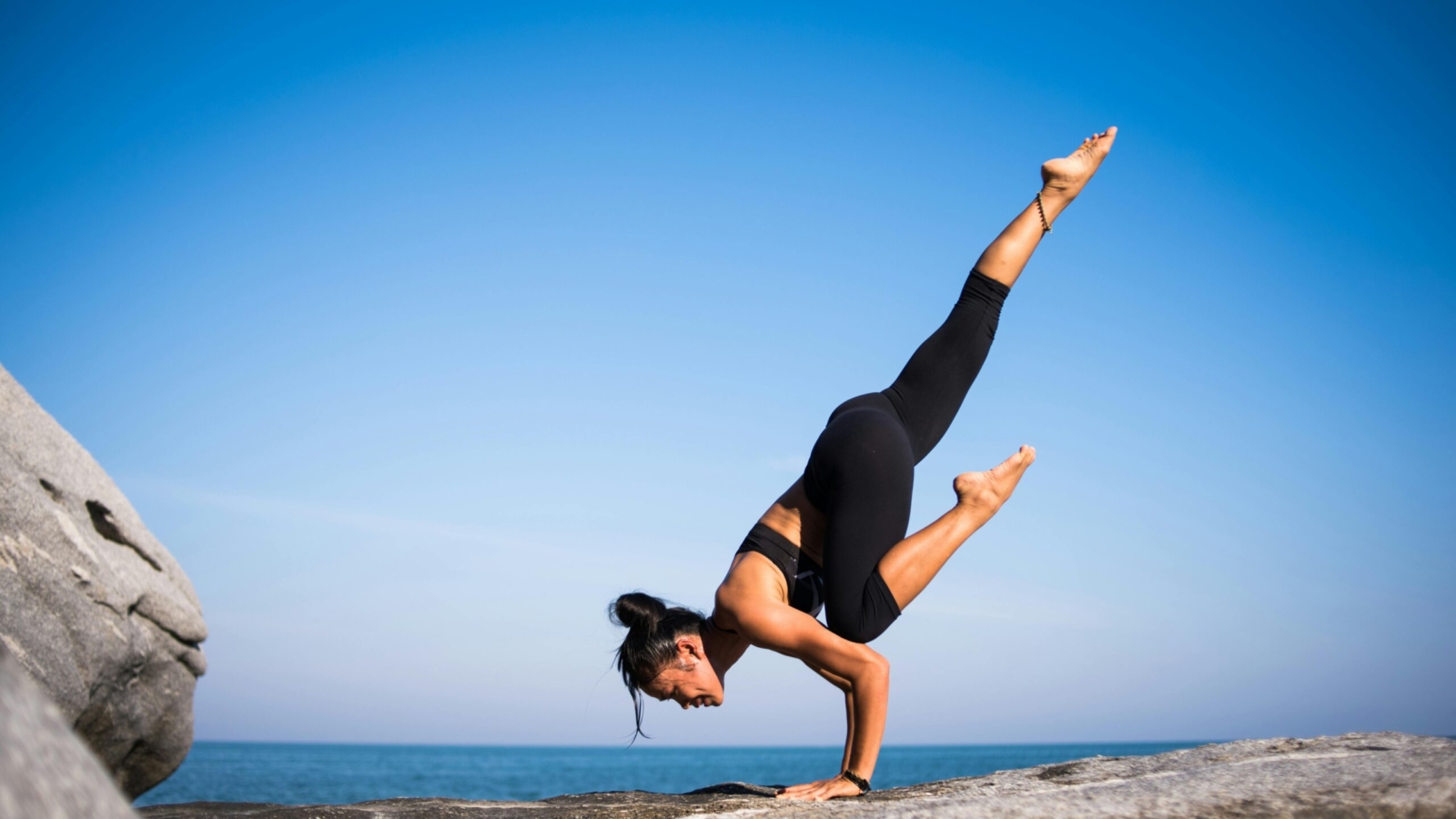When it comes to improving athletic performance and preventing injuries, rest is just as important as intense training. But rest doesn’t always mean complete inactivity. Active recovery yoga is an increasingly popular method for promoting recovery while keeping the body gently moving. It blends restorative yoga principles with functional mobility, offering benefits that go far beyond just relaxation.
Whether you’re an athlete, a fitness enthusiast, or someone managing chronic fatigue, incorporating active recovery yoga into your routine can improve flexibility, circulation, and muscle repair—all without putting additional stress on the body.
What Is Active Recovery Yoga?
Active recovery yoga is a gentle, low-intensity form of movement designed to promote physical recovery after workouts, reduce muscle tension, and improve overall mobility. It involves performing controlled yoga poses, breathwork, and stretches that help the body recover faster while staying active.
Unlike vigorous vinyasa or power yoga, active recovery sessions prioritize slow transitions, long holds, and mindful movement. The goal isn’t to sweat or push your limits but to reset and realign the body.
This type of yoga is typically used on rest days or after intense training sessions when the muscles need support, not strain.
Benefits of Active Recovery Yoga
Active recovery yoga offers a range of physical and mental benefits that make it a perfect complement to any training or wellness routine:
1. Enhanced Muscle Recovery
Stretching and gentle movement help increase blood flow to muscles, delivering oxygen and nutrients that aid in tissue repair. It also helps flush out lactic acid and metabolic waste that build up during intense exercise.
2. Reduced Muscle Soreness
Delayed onset muscle soreness (DOMS) is a common issue after heavy workouts. Active recovery yoga can reduce the intensity of soreness by loosening tight muscle groups and improving circulation.
3. Improved Flexibility and Mobility
Repeated movements and heavy lifting can cause tightness and limit range of motion. Yoga poses like low lunges, gentle twists, and forward folds target common problem areas such as hips, hamstrings, and the lower back.
4. Lowered Cortisol and Stress Levels
The calming nature of active recovery yoga encourages the parasympathetic nervous system—your body’s “rest and digest” mode. Deep breathing and slow movement can help lower cortisol levels, decrease stress, and promote better sleep.
5. Injury Prevention
By maintaining joint mobility and soft tissue elasticity, active recovery yoga helps reduce the risk of strains, sprains, and other overuse injuries.
Ideal Poses for Active Recovery Yoga
A typical active recovery yoga session includes gentle poses that open the body without overexertion. Here are some commonly recommended positions:
- Child’s Pose: Relieves tension in the back and hips while promoting deep breathing.
- Supine Twist: Gently stretches the spine and helps release stored tension.
- Legs Up the Wall: Supports circulation and reduces swelling in the legs after high-impact activity.
- Low Lunge: Opens the hips and stretches the quadriceps and hip flexors.
- Reclining Bound Angle Pose: A restorative position that stretches the inner thighs and calms the nervous system.
These poses can be held for longer durations—up to 2-5 minutes each—to maximize relaxation and muscle elongation.
When to Practice Active Recovery Yoga
Timing your sessions correctly can help you get the most out of your active recovery routine. Common scenarios include:
- On rest days: Give your muscles a chance to recover while gently staying active.
- After high-intensity workouts: Help flush out toxins and reduce soreness following cardio or strength training.
- In the evening: Wind down your day and improve sleep quality with a restorative session.
Practicing active recovery yoga 1–3 times per week can provide long-term benefits for physical and mental health, especially when combined with other recovery tools like hydration, proper nutrition, and sleep.
Who Should Try Active Recovery Yoga?
Active recovery yoga is suitable for virtually everyone—from professional athletes to beginners just starting their fitness journey. It’s especially beneficial for:
- Runners and cyclists dealing with tight hips and hamstrings
- Weightlifters looking to improve mobility and reduce joint stress
- Office workers experiencing posture-related discomfort
- Anyone managing stress, anxiety, or insomnia
Because it’s low-impact and highly adaptable, the practice can be modified to suit all fitness levels, physical limitations, and goals.
Active recovery yoga serves as a powerful tool to bridge the gap between high-intensity training and complete rest. By promoting circulation, reducing inflammation, and restoring muscular balance, it helps the body perform better, heal faster, and move more freely. Incorporating this gentle yet effective practice into your weekly schedule can improve both your recovery process and your overall well-being.

